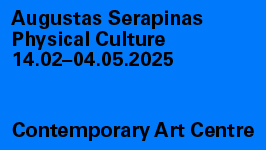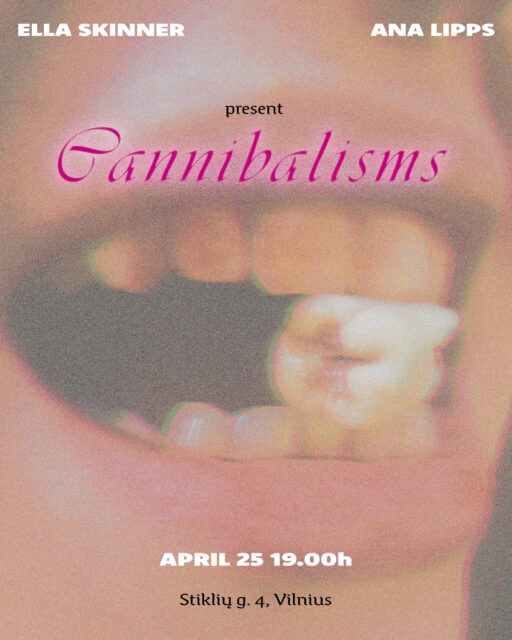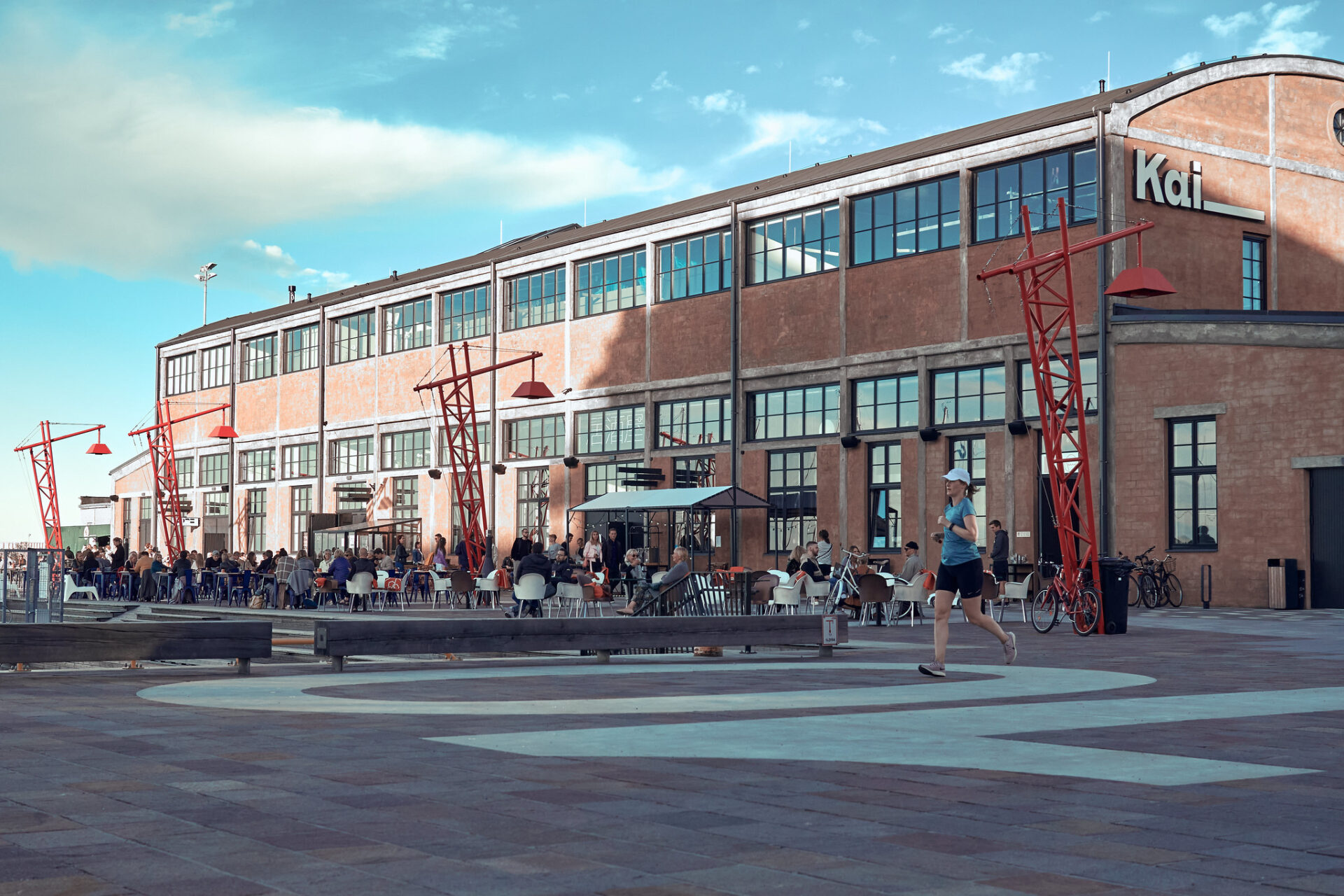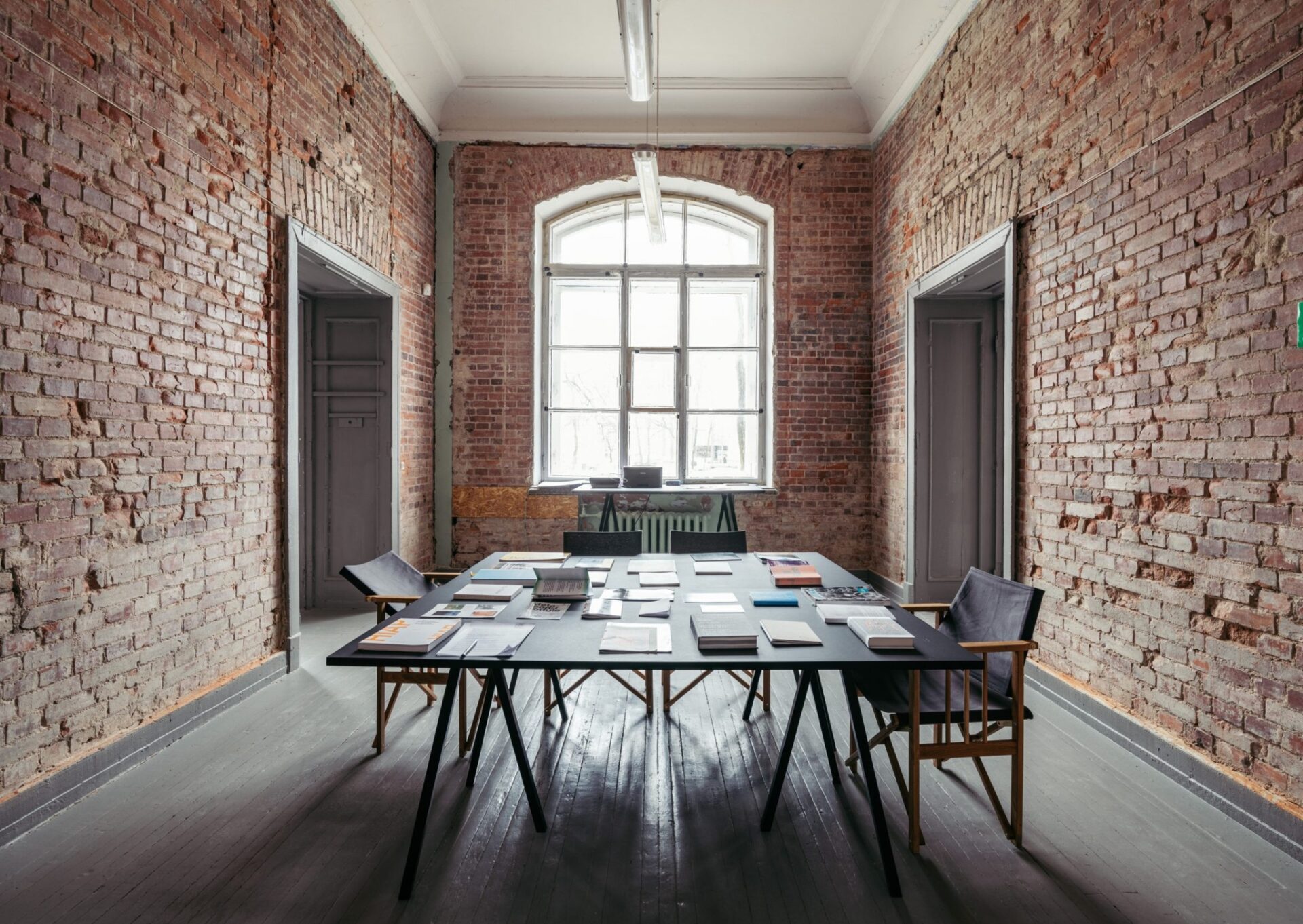I have recently had a chance to talk to Niekolaas Johannes Lekkerkerk who curated an exhibition “Shadows of a Doubt” in Tallinn Art Hall. I have not seen the exhibition prior to our meeting, but thought that it was actually a good circumstance for an interview.
I told Niekolaas only having heard that the exhibition is about time and in response he commented on it saying that we underestimate the present and that the past and the future are dominating over present, so contemporary has become corrupt. Without knowing anything about the exhibition I could see references to Bergson and Groys and continue the converstation. This would all have been just fine, if the topic of our talk was not criticism towards dominating value systems. So the crucial moment in the interview you are about to read is, when Nikolaas tells me in the end that he felt as if I have seen the exhibition. And I answer that I will see it, if I haven’t, though it is clear from our talk, that I have actually seen it, or don’t really need to see it to know what it is about.
There were many things this exhibition was pointing at and which we did not talk about, but which I saw when I finally did visit the exhibition and which I might reflect upon some other time. But this is not the point. The point is, that there is a mainstream in the criticism of mainstream. So what I just said is not critical towards the exhibition, it is more like a disclaimer, that we are aware of the potential demagogy in our talk. Contemporary art has become very similar to capitalism, where criticism of the system is a crucial part of the system. And I don’t have any other positive program to break the chain, then to repeat Slavoy Žižek’s words, don’t act just think…
Indrek: First of all I have to admit, that I am in an excellent position, because I have not seen the exhibition. But when I saw you sitting here [Niekolaas have just finished breakfast in an restaurant next to Tallinn Art Hall and was having a cigarette], I thought this was a perfect timing for an interview.
Niekolaas: Yes! So we can go there without any preconceived knowledge.
Indrek: Exactly.
So I was told that in the center of your curatorial concept is Time. Is it so?
Niekolaas: Yes, this is totally correct. The exhibition encapsulates of course both space and time, but the works in this exhibition revolve around the idea of the present moment.
What I wanted to do in the framework of Tallinn Photomonth was to slice through this over–indebtedness to photography as a medium. It is too rigid to address the ways in which we live today. In the process of developping the exhibition, we have made a move from photography–based, to lense–based, to image–based. And in this shift to image–based relationships, the present time and moment became all of the sudden more prominent. Furthermore, this was linked to the idea that we have a strong over–indebtedness to the past and future as time values. We rely on history as the foundation of the present, from which we anticipate our future prospects. They inform our agendas in the present, but I would argue that those values are much more ambiguous and fictitious then we hold them to be. Actually both past and future empty out the present (moment). The value that is most poignant is the present, but we neglect it in a way. In the sense that we work within it, and we activate it to allocate time to actions and make decisions and engage in trouble shooting; we use the present time to create a sense of stability in one’s life. Whereas, at the same time, I think actually just being in the present moment is much more doubtful, uncertain and unclear than that what we employ it for. So one of the aims of the exhibition is to give an understanding of the present moment as being ambiguous and unstable.
Indrek: when you were building up the concept, what did you rely on? What was the philosophical background you relied on? Following your line of thought, one could easily refer for example to Henry Bergson’s notion of time .
Niekolaas: For this exhibition it was more an analysis of various examples. Bergson is of course a very influential figure on the topic, but not the only one. His theories originate from the early twenthieth century onwards, but I also worked with some more current perspectives from Graham Harman’s Object Oriented Ontology or Boris Groys’s critical theory on time. I especially think that Groys’s statement on what the contemporary is, or what the present moment is, was especially striking and relevant. In the sense that he stated that we employ our present time to get rid of uncertainty, to get rid of doubts and to be sure of ourselves, but actually marking the present as an infinitely prolonged period of delay. It is perfect time to be idle, to be lazy and to reflect on one’s position and to be doubtful about what that might entail, but we rarely use it for this purpose. In present society, laziness or idleness is highly problematic: we live in this time–pressured culture of high–performance. We have to be active. For instance, if someone talks to other people, and mentions he or she is currently not working on a “project”, there is this sense of shame, and we would rather make something up. Boris Groys, in a very simple way, addressed this conflict of time usage.
It is Graham Harman’s idea that objects and entities co–exist as equal, as mutual. Whereas we still think that there is hierarchy in which humans dominate over objects. His theory implies that there is an equal relationship between human and non–human. For example, the camera or the hat, are as important as a human being. I think this also levels the way in which artworks could function. Not as a static thing, which is there for our sake only. It is also something in and by itself. This is more of an abstract notion.
Indrek: You refer to the past being used as a value system for the present. This notion is in a way opposite to Groys’s concept of the shift that took place with the avant-gard, when the values were moved to the future and the past was declared to be forgotten. While working with the artists did you see this conflict present in their works as well?
Niekolaas: One of the aims in the main hall of the exhibition is to balance out and to bring forward this zone of conflict in the present moment, as addressed by Boris Groys: between delaying, doubt and uncertainty and, in opposition to that, this urge for progression and production. In positioning, selecting and corresponding to the works of the artists we tried to bring forward this ambiguous conflicted feeling. For example with Tarvo Varres’s work, which is a grid of well known corners in Tallinn City (“Corners Series” digital C-prints, 21×30 cm, 2008-2013), these corners come to exemplify a way of moving within public space. We cross corners on a daily basis on our way to work, but only through his work you start to zoom in on the actual corners specifically. At one point you lose the sense of orientation because you need the context of the building to understand what is this corner apart of. By zooming in on those corners I think he is proposing this sense of delay. How many turns do we take, and how many of them do we take being unaware of the movement.
On the opposite of this is, for example Filip Gilissen’s “I Love New Work” (2007), which is an ironic pun on the famous “I Love New York” T-shirt slogan. It is a textile piece made of milions of golden sequins which are then turned to make up the text “I Love New Work”. He is commenting on the idea that, as an artist working today, it is not the case that you will find your inscription into contemporaneity by working and producing currently, but more or less that you have to produce “contemporary art” in order to satisfy your gallerist and the art fairs. In that, contemporary art becomes a very problematic thing. Is contemporary art that what is being produced now? Or is it the kind of work that has the potential to comment on our contemporary society? Filip Gilissen shows that all this over–production is not necessarily in tune, or in line with contemporary society. It’s more like a syndrome or a condition of contemporary society, because we have a fear and inclination to think that we have to be productive. So there is this conflict between the contemporary as such and what is commenting on our current condition.
Indrek: So in the context of this piece, might I be right that perhaps contemporary art has become a term?
Niekolaas: It has become a category, that is defined by the market. So it’s a market category. Which is like a spunk bomb of liquid cash.
Indrek: So when using the term contemporary, one should be conscious that it reffers to some particular category of art.
Niekolaas: Yes. It’s all thanks to Andy Warhol and Damien Hirst. I mean they are the most prominent figures who shaped, both consciously and unconsciously, art as marketing tool and strategy. I think that Hirst especially made it inherent to his practice as an artist, to include marketing and marketing mechanisms. I think that this condition, among many other art production lines, has formed contemporary art to be a category rather than something that is made to comment on how we live today.
Indrek: Coming back to you as the curator and to your relationship with the works, what are works of art to you? Does a piece of art work as a theoretical concept? Do the works exhibited, open in a new way the time and space relationship which is in the center of the exhibition concept? Or do you use the concept to contextualise the works? Do the works tell you something, or do you as a curator try to tell something about the works?
Niekolaas: A curatorial practice, for me, is best used as a way and tool to think through contemporary society by means of artistic practices. I like to take both an engaged and more distant position to the work of art. I make very close readings of a work, or of an artistic practice, to be as close to them as possible. So as not to commission works, or not to influence the process in a way that you feel the piece of art has to take the shape that is valuable for your concept. I try to get as close to the artist and to the work, to be fully aware of the aims of the artist, and if this is resonating with the concept that I have proposed, I would then establish a collaboration. I always seek for the pieces that readily exist, that are already part of someone’s practice, because it is very important that the artist is also interested in the subject that will be inherent to the group exhibition, so that you can have a mutual understanding . Closeness and proximity to the artist, instead of taking the dominant position in the way of shaping the art work, has proved to be a very valuable way of working for me.
Indrek: Did I forgot to ask anything crucial?
Niekolaas: No. Actually you have been so sharp, that I felt as if you have already seen the exhibition.
Indrek: We will see, if I have seen it.
03.10. 2013, Tallinn

Filip Gilissen, I Love New Work, 2007, millions of reversible sequins, gold front side and black back side, 250 x 190 cm, courtesy of the artist

Magali Reus, Auto–Timer, 2011, brushed aluminium, mirror polished aluminium, courtesy of The Approach, London and private collection, London

David Raymond Conroy, Hauling / It’s not the past but the present that determines the future / Act Natural, or Proposal for a Display Unit, 2011–2012, distressed selvedge jeans, hantarex monitor, dvd player, media player, alcohol free lager, looped video, looped audio, 20 min 17 sec, courtesy of the artist
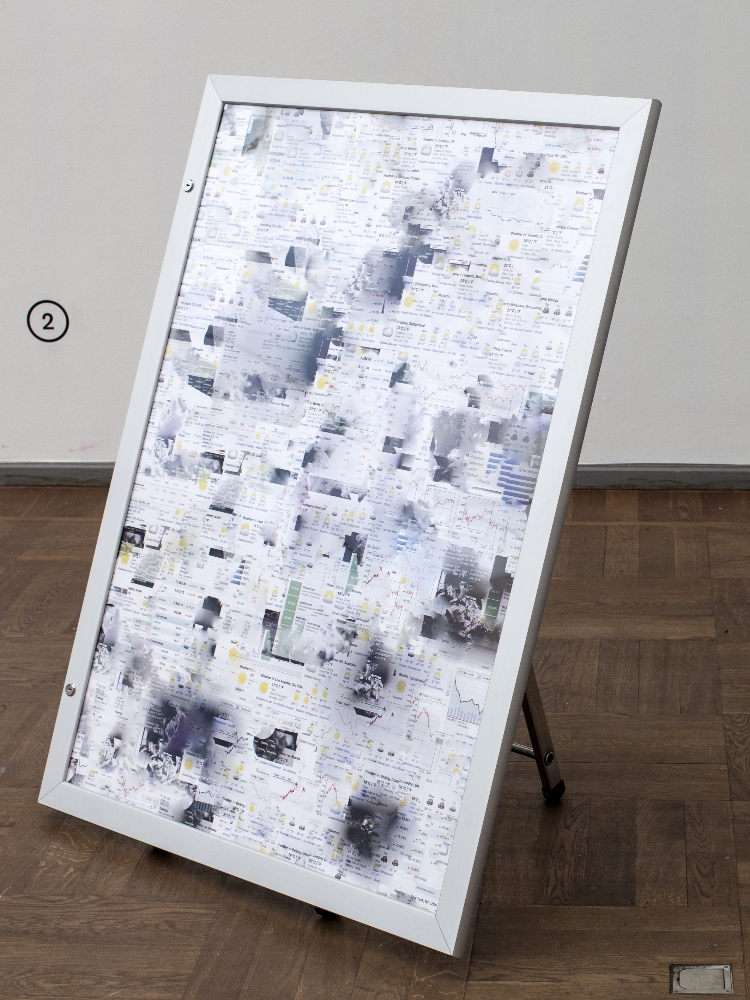
Katja Novitskova, Process Watch, 2012, digital print, display frame, 85 x 120 cm, courtesy of the artist
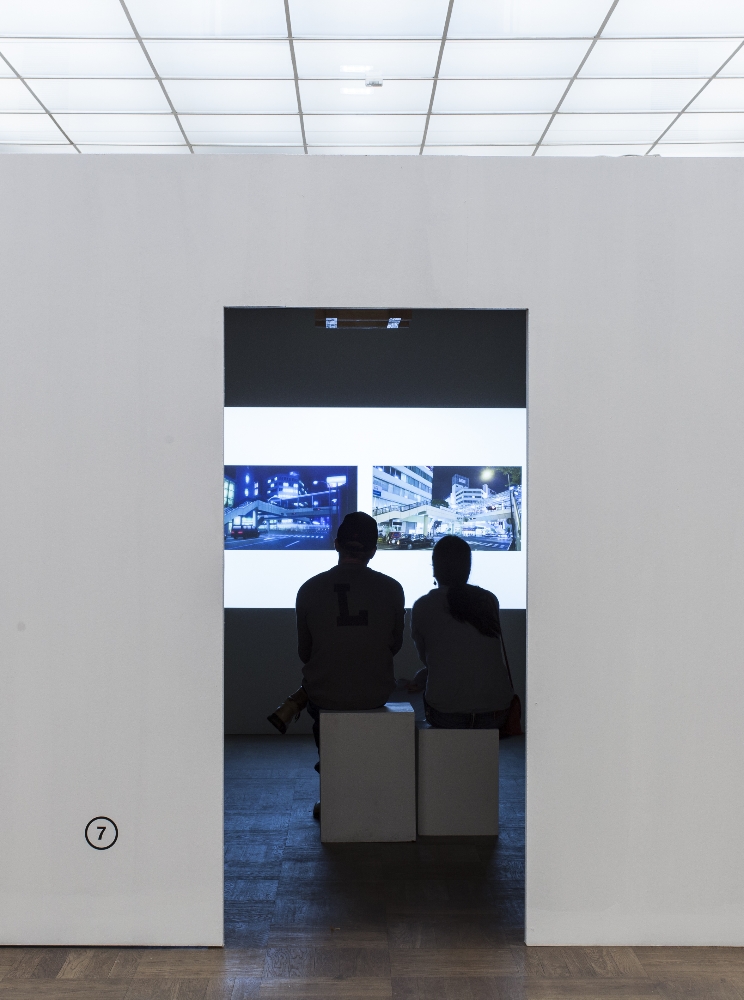
Flo Kasearu, We Are On the Way, 2012, HD video, loop, 21 min 25 sec, courtesy of the artist

Mario Garcia Torres, Time to Piece, 2010–2013, puzzle, courtesy of Galerie Jan Mot, Brussels

Mario Garcia Torres, Time to Piece, 2010–2013, puzzle, courtesy of Galerie Jan Mot, Brussels

Mario Garcia Torres, Time to Piece, 2010–2013, puzzle, courtesy of Galerie Jan Mot, Brussels

Flo Kasearu, We Are On the Way, 2012, HD video, loop, 21 min 25 sec, courtesy of the artist

Laura Kuusk, Almost Film II, 2012, HD video, loop, 10 min 26 sec, courtesy of the artist
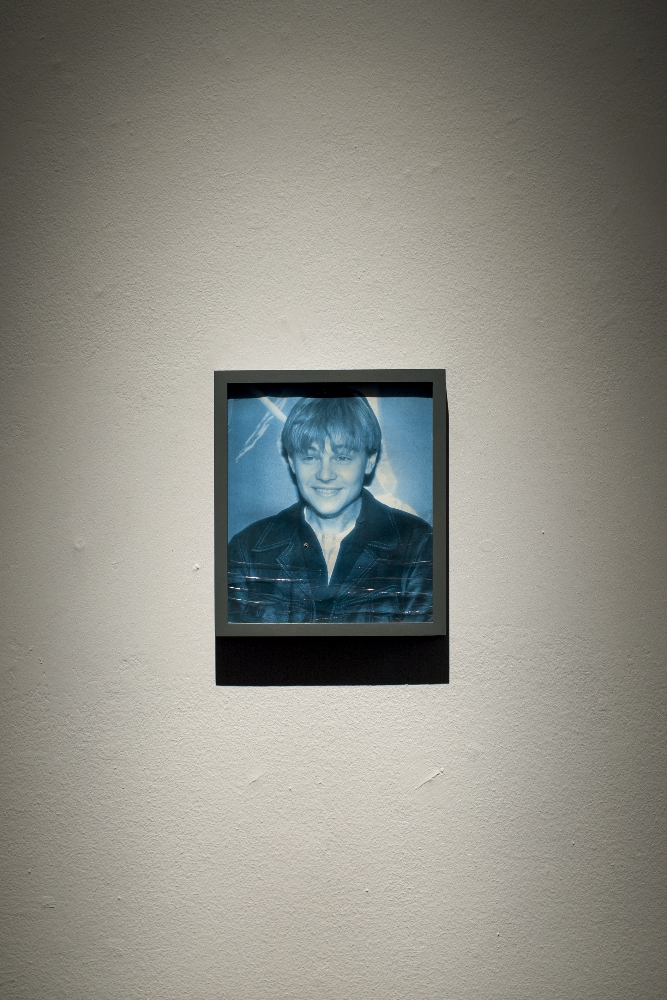
Nina Beier, The Blues, 2012, sun–faded poster, window glass, frame, 30 x 26 cm, courtesy of Laura Bartlett Gallery, London

(Left) Laura Kuusk, Almost Film II, 2012, HD video, loop, 10 min 26 sec, courtesy of the artist;

Gert Jan Kocken, Anna retable, Utrecht. Defacement 7 March 1580, 2004, C print, 177 x 225 cm, courtesy of the artist

Tarvo Varres, Corners Series, 2008–2013, digital c–prints, 21 x 30 cm. (grid), courtesy of the artist

(Left to right) Toril Johannessen, Circular, Linear, Cubic, 2012, 7 LED lamps projecting on wall, courtesy of the artist; Tarvo Varres, Corners Series, 2008–2013, digital c–prints, 21 x 30 cm. (grid), courtesy of the artist
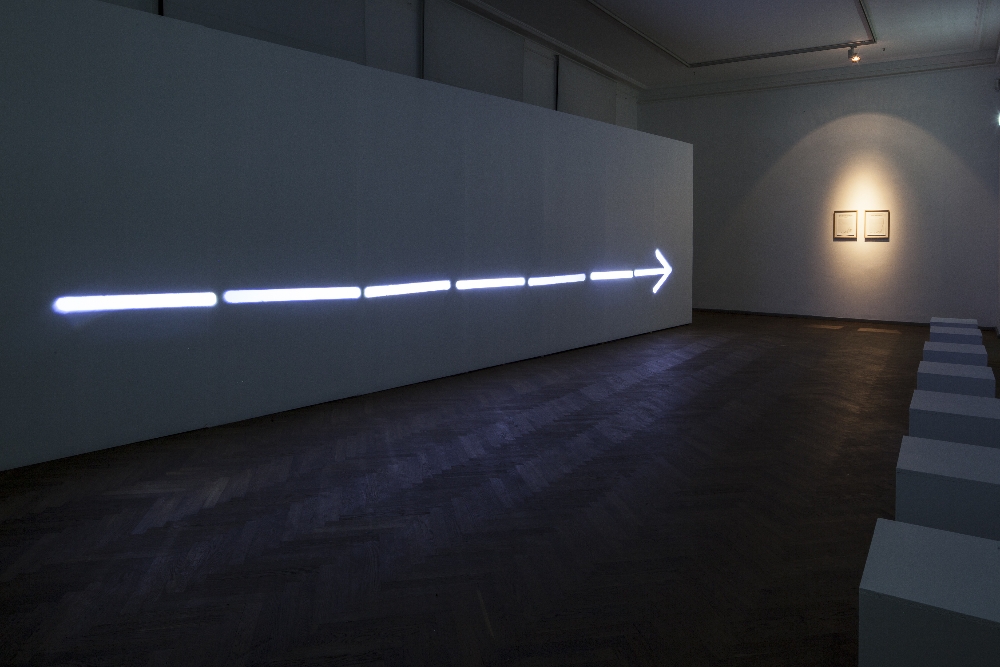
Toril Johannessen, Circular, Linear, Cubic, 2012, 7 LED lamps projecting on wall, courtesy of the artist;
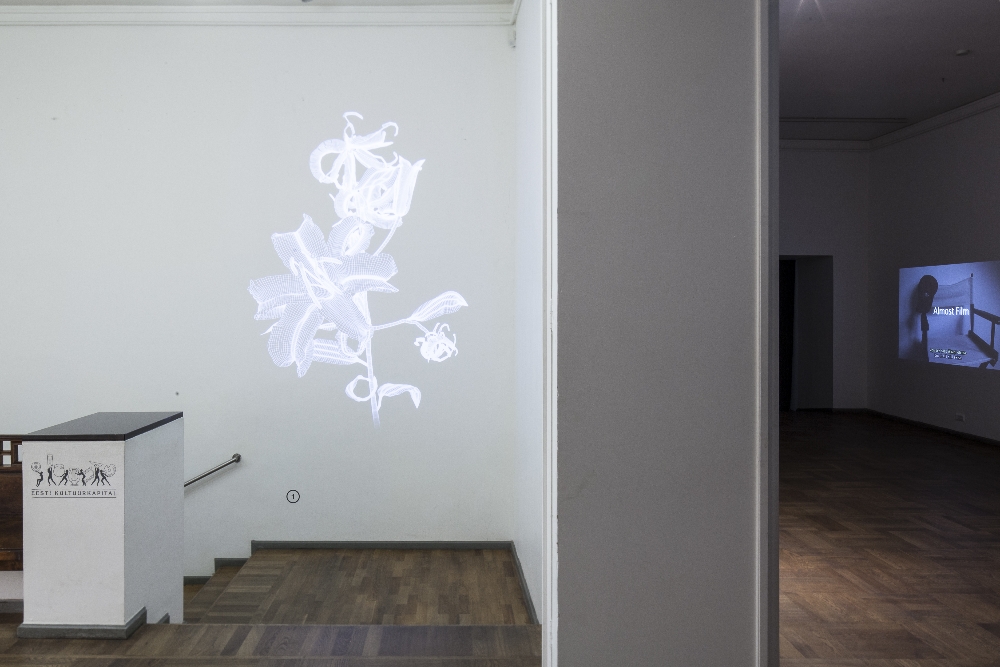
Persijn Broersen & Margit Lukács, Time & Again, 2011, HD video, loop, 6 min, courtesy of the artists

Exhibition view

Tarvo Varres, Corners Series, 2008–2013, digital c–prints, 21 x 30 cm. (grid), courtesy of the artist

Tarvo Varres, Corners Series, 2008–2013, digital c–prints, 21 x 30 cm. (grid), courtesy of the artist
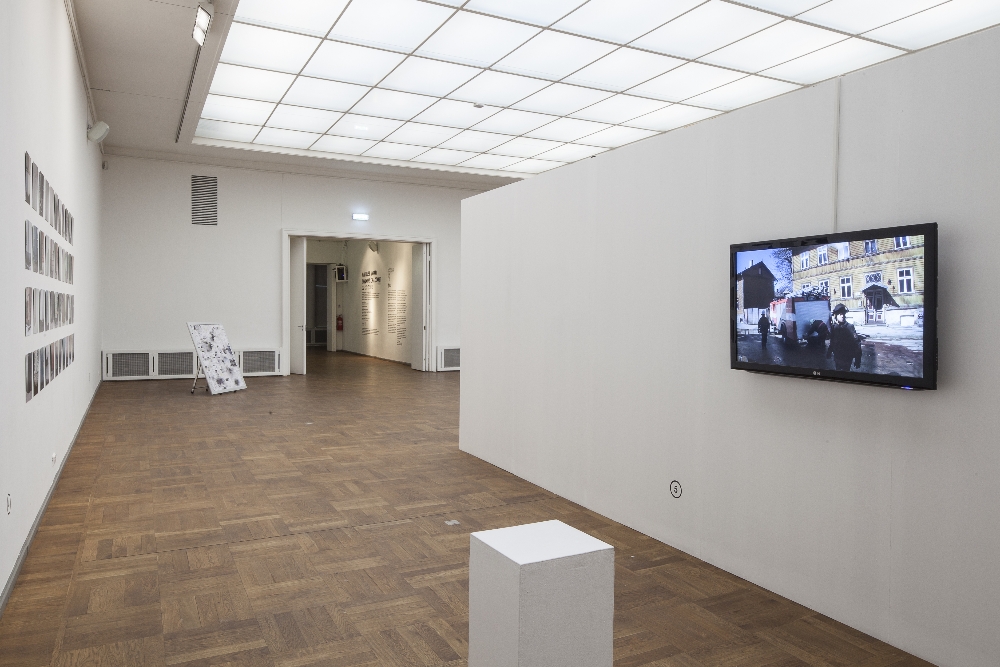
Exhibition view

Exhibition view

Meriç Algün Ringborg, The Risk of Being in Public, 2011, slide projection, 136 slides, courtesy of Galerie Nordenhake, Stockholm

Gabriel Lester, The Physical Expression of Potential, 2012, PVC conveyer belt, Delta frequency controller, metal table, Flex drive motor, scale models, 85 x 77 x 230 cm, courtesy of the artist and Galerie Fons Welters, Amsterdam

Photographs by Kristel Raesaar


